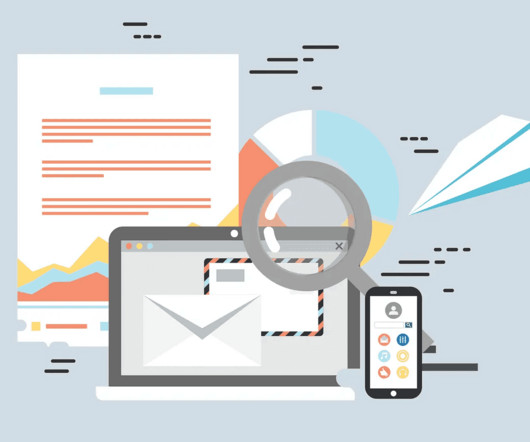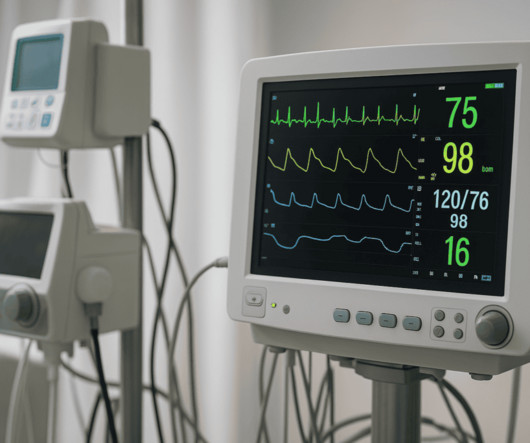A Brief Outlook on the Medical Insurance Verification Software
Arkenea
JULY 12, 2024
Improved Efficiency: In a manual insurance verification process, the admin staff enters the insurance documentation into the system and then calls the payer to confirm eligibility. EHR/EMR Integration: The software must integrate with the existing EHR/EMR system and practice management software.












Let's personalize your content